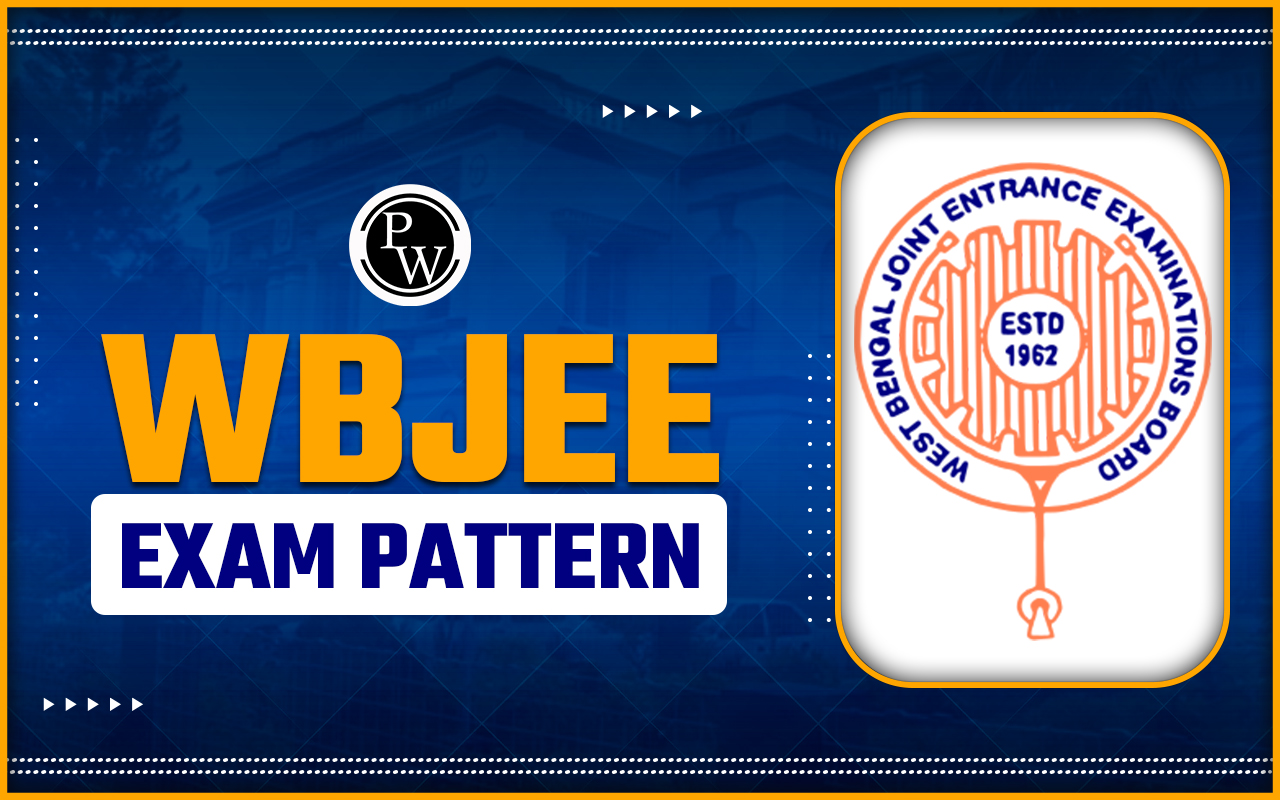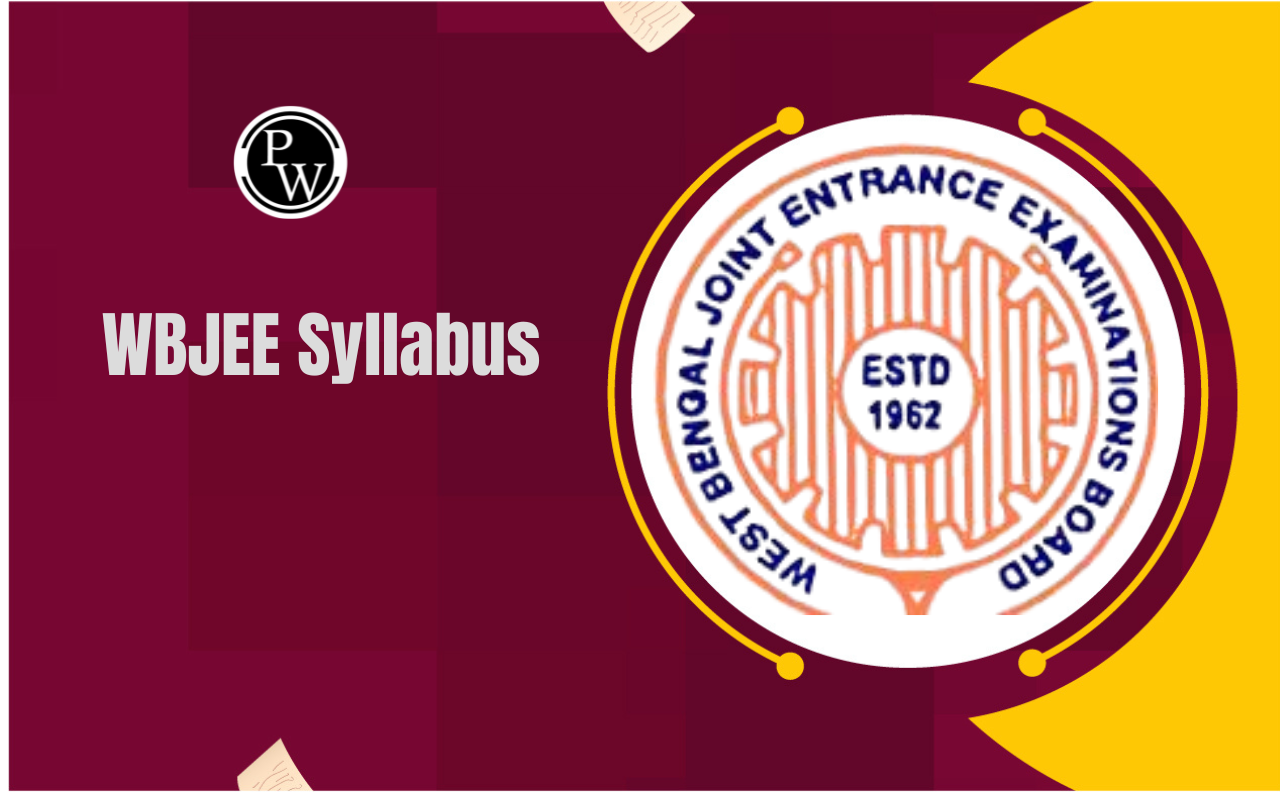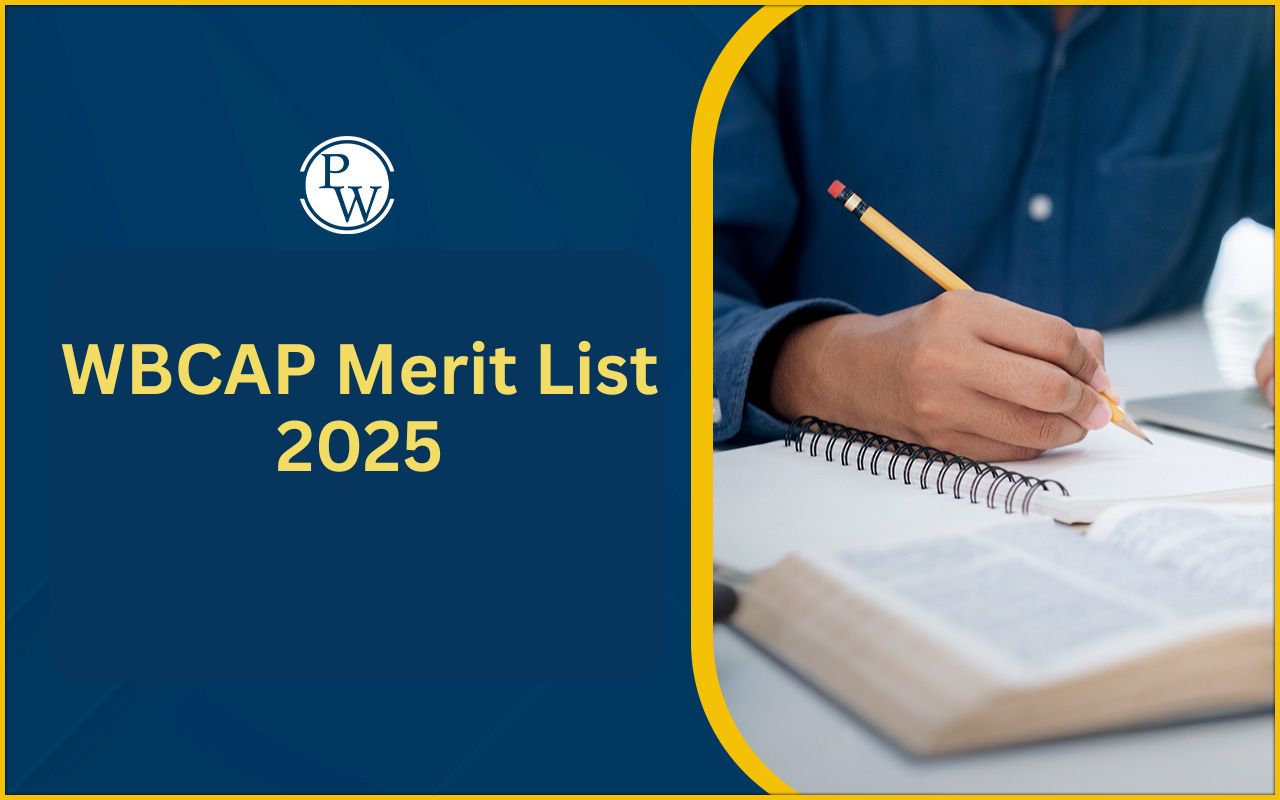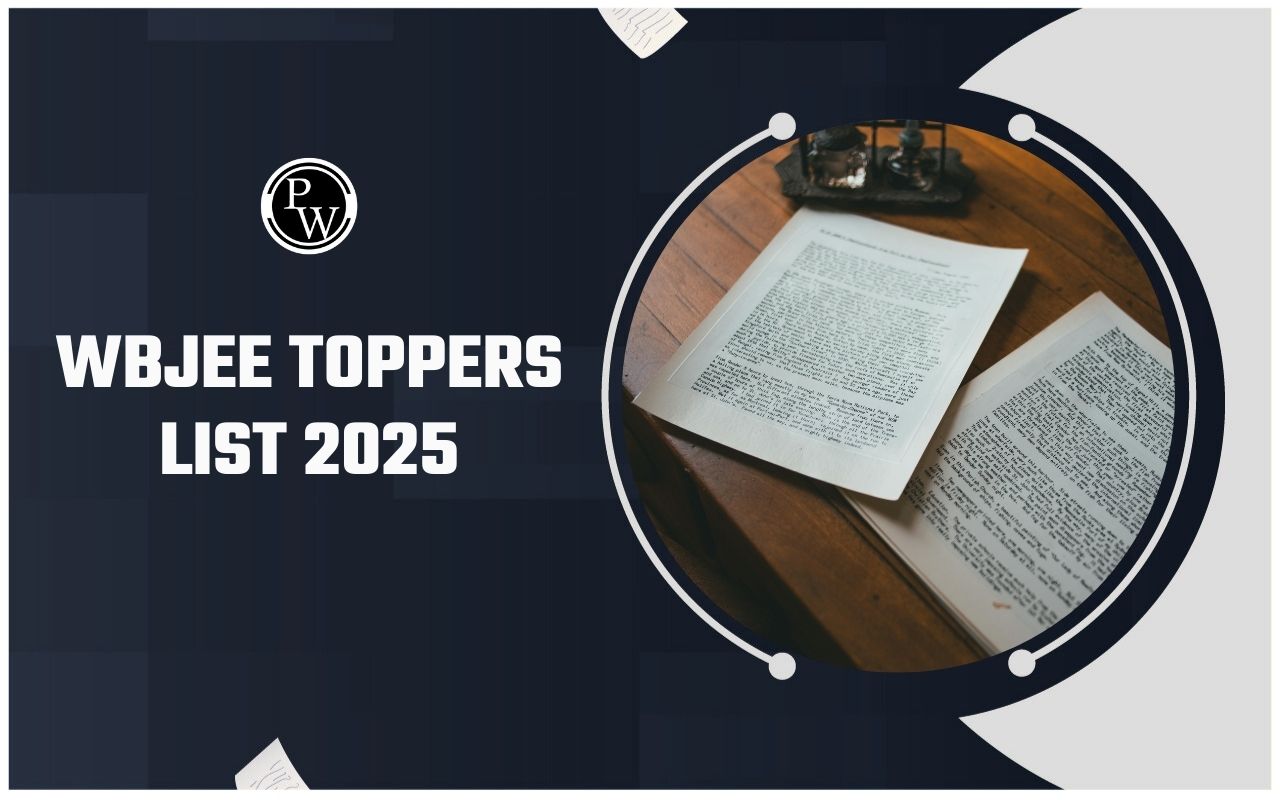
Bangla Chemistry Notes for Class 12: Class 12 Bangla Chemistry notes provide a clear and concise overview tailored to the latest syllabus and exam pattern.
These notes help students understand key concepts easily and are designed for quick revision before exams.
They align with the NCTB curriculum and include important points, definitions, and explanations in simple language.
Check: Bangla Chemistry Notes for Class 11
The notes also incorporate insights from previous year questions, helping students identify important areas and frequently asked questions.
Ideal for board exam preparation, they support both in-depth study and last-minute revision, making them a valuable resource for scoring well in the final examination.
Also Check: WBJEE Syllabus 2025
Bangla Chemistry Notes for Class 12
This Class 12 Chemistry (Bangla Medium) overview provides key concepts such as chemical reactions, atomic structure, bonding, and thermodynamics.
These topics are essential for understanding advanced chemistry. The notes are concise and exam-focused. Students are advised to study carefully and check the table below for a detailed summary of important formulas and reactions.
|
Bangla Chemistry Notes for Class 12 Overview |
|
|
THE SOLID STATE |
|
|
States of Matter |
|
|
Solutions |
|
|
s-Block Elements |
|
|
REDOX REACTIONS |
|
|
Radioactivity and Nuclear Chemistry |
|
|
Ionic Equilibrium |
|
|
HYDROGEN and Surface Chemistry |
|
|
HALOALKANES AND HALOARENES |
|
|
ELECTROCHEMISTRY |
|
|
d and f-Block Elements |
|
|
Coordination Compounds |
|
|
Chemical Thermodynamics |
|
|
CHEMICAL KINETIES |
|
|
Chemical Equilibrium |
|
|
Alcohols, Phenols & Ethers |
|
|
Polymers |
|
|
Chemistry in Everyday life |
|
|
Bimolecules |
|
Also Check: WBJEE 2025 Most Asked Chapters and Weightage for All Subjects
Overview of Bangla Chemistry Notes for Class 12
Below we have provided an overview of Bangla Chemistry class 12 notes -
- THE SOLID STATE
This topic covers the structure and properties of solids, including crystalline and amorphous forms, types of unit cells, and packing in solids. It discusses defects in solids and their impact on material properties. The classification of solids based on binding forces is also introduced.
2. States of Matter
Students learn about the three main states—solid, liquid, and gas—and the intermolecular forces governing them. The gas laws, such as Boyle’s, Charles’s, and Avogadro’s laws, are explained. The kinetic molecular theory and deviations from ideal gas behavior are also discussed.
3. Solutions
This chapter introduces types of solutions, methods of expressing concentration (molarity, molality), and factors affecting solubility. It covers colligative properties like boiling point elevation and freezing point depression, along with their calculations.
4. s-Block Elements
Focuses on alkali and alkaline earth metals, their properties, trends in the periodic table, and important compounds. The reactivity, occurrence, and uses of these elements are highlighted, along with their biological significance.
5. REDOX REACTIONS
Redox reactions involve oxidation and reduction processes, electron transfer, and changes in oxidation number. The chapter explains balancing redox equations and their applications in daily life and industry.
6. Radioactivity and Nuclear Chemistry
This topic introduces radioactivity, types of radioactive decay, and nuclear reactions. Students learn about the concept of half-life, nuclear fission, and fusion, though these are generally covered in more detail in higher classes.
7. Ionic Equilibrium
Ionic equilibrium deals with the dissociation of electrolytes, the concept of acids and bases, and pH calculations. It covers buffer solutions and solubility product, though this is more detailed in Class 12.
8. HYDROGEN and Surface Chemistry
Hydrogen discusses its occurrence, properties, and compounds like water and hydrogen peroxide. Surface chemistry, generally a Class 12 topic, covers adsorption, catalysis, and colloids.
9. HALOALKANES AND HALOARENES
These are organic compounds containing halogens. The chapter covers their nomenclature, preparation, properties, and uses, but is mainly part of the Class 12 syllabus.
10. ELECTROCHEMISTRY
Electrochemistry deals with redox reactions in electrochemical cells, electrode potentials, and their applications. This topic is typically studied in Class 12.
11. d and f-Block Elements
These transition and inner transition elements are discussed in terms of properties, electronic configuration, and uses, but this is part of the Class 12 syllabus.
12. Coordination Compounds
Focuses on complex compounds, their nomenclature, bonding, and applications, which are covered in detail in Class 12.
13. Chemical Thermodynamics
Introduces energy changes in chemical reactions, concepts of enthalpy, entropy, and Gibbs free energy. It explains the laws of thermodynamics and their application to chemical processes.
14. CHEMICAL KINETICS
Chemical kinetics studies the rate of chemical reactions, factors affecting them, and the concept of activation energy. This is a Class 12 topic.
15. Chemical Equilibrium
Explains reversible reactions, the law of mass action, and the concept of equilibrium constant. It covers Le Chatelier’s principle and its applications in chemical systems.
16. Alcohols, Phenols & Ethers
These are classes of organic compounds. The chapter covers their structure, preparation, properties, and uses, but is mainly included in Class 12.
17. Polymers
Polymers are large molecules made from repeating units. The topic covers types of polymers, methods of polymerization, and their uses, generally in Class 12.
18. Chemistry in Everyday Life
This topic discusses the role of chemistry in daily life, including drugs, detergents, food additives, and more. It is typically a Class 12 chapter.
19. Biomolecules
Biomolecules include carbohydrates, proteins, lipids, and nucleic acids, focusing on their structure and biological functions. This is also part of the Class 12 syllabus.
Benefits of Using Bangla Chemistry Notes for Class 12
Here are the benefits of using Bangla Chemistry notes for Class 12 in points:
-
Simplified Explanations: Complex chemistry concepts are presented in easy-to-understand Bangla, making learning more accessible.
-
Efficient Revision: Key points, formulas, and reactions are summarized for quick and effective revision before exams.
-
Language Comfort: Studying in the native language helps students grasp difficult topics more easily and with greater confidence.
-
Time-Saving: Well-organized notes help students cover the syllabus faster and focus on important areas.
-
Better Retention: Concepts explained in familiar language tend to be remembered longer.
-
Improved Self-Assessment: Highlighted important topics and questions guide students on what to focus on for better exam preparation.
-
Boosts Confidence: Clear understanding and thorough revision increase confidence during exams.
| Other Links Related to WBJEE 2025 | |
| WBJEE 2025 | WBJEE Syllabus 2025 |
| WBJEE Apply Online 2025 | WBJEE Eligibility Criteria 2025 |
| WBJEE Previous Year Question Papers | |
Bangla Chemistry Notes for Class 12 FAQs
Are Bangla Chemistry notes for Class 12 available for all chapters?
Can I use these notes for last-minute revision?
Are the notes written in simple Bangla language?
Do the notes include important formulas and reactions?










